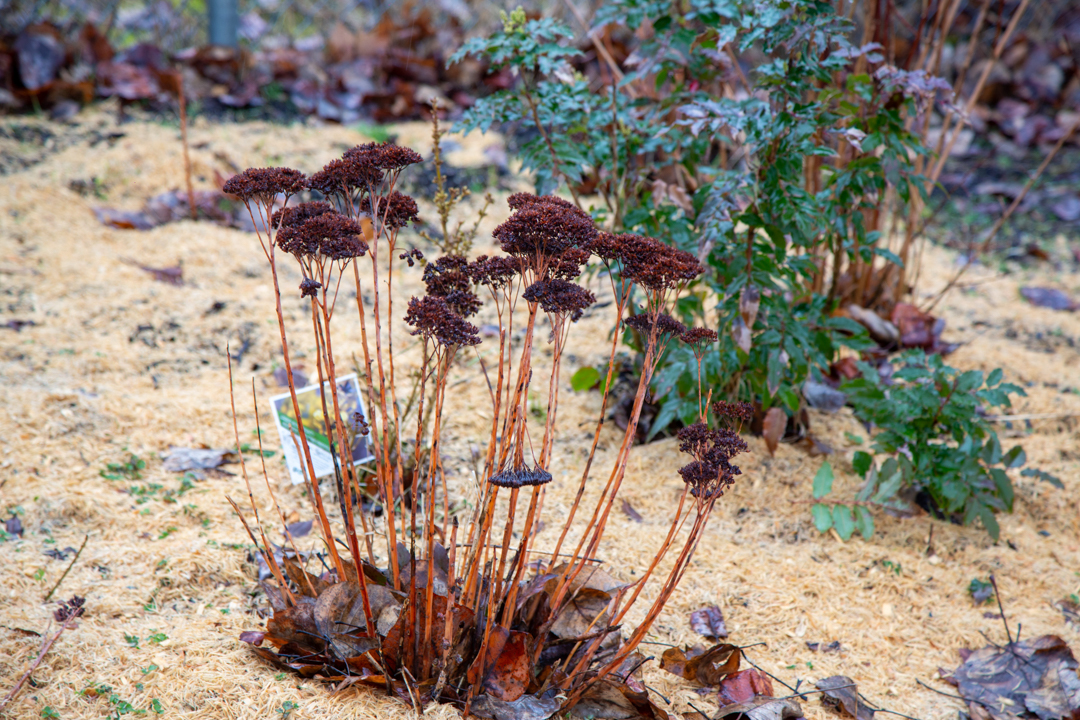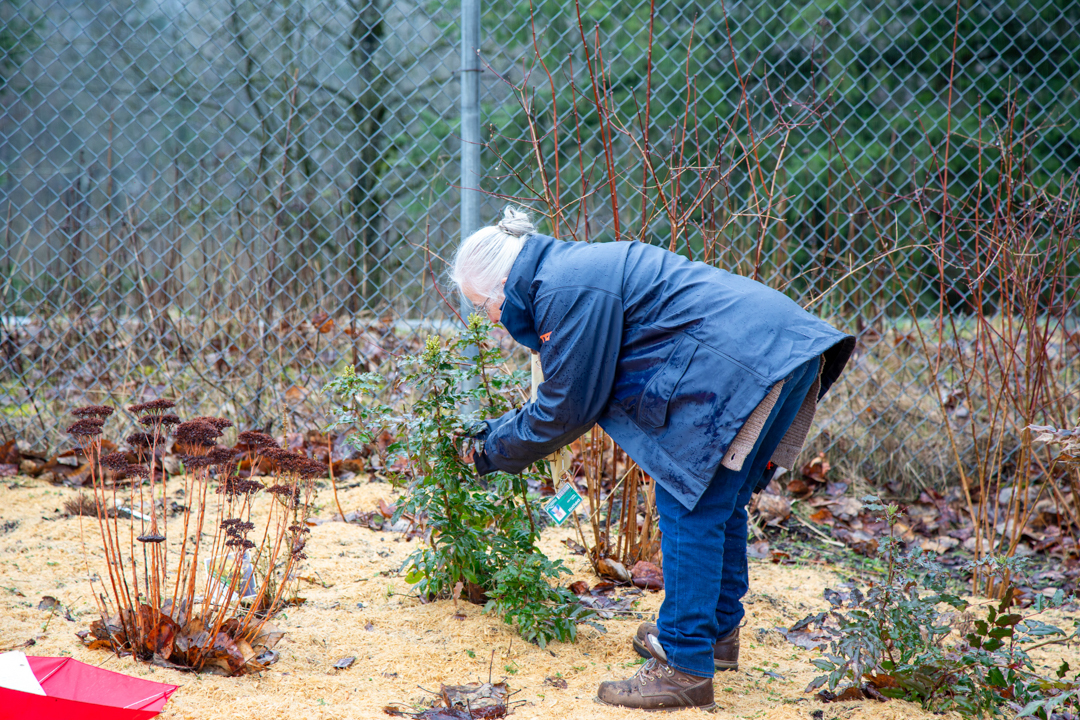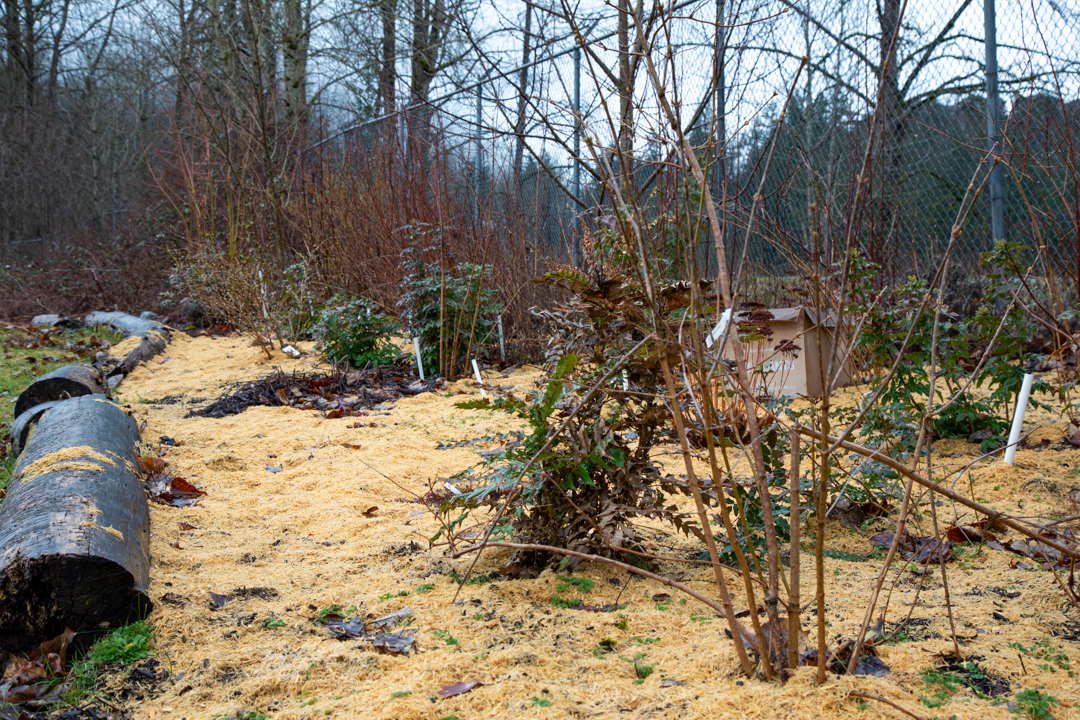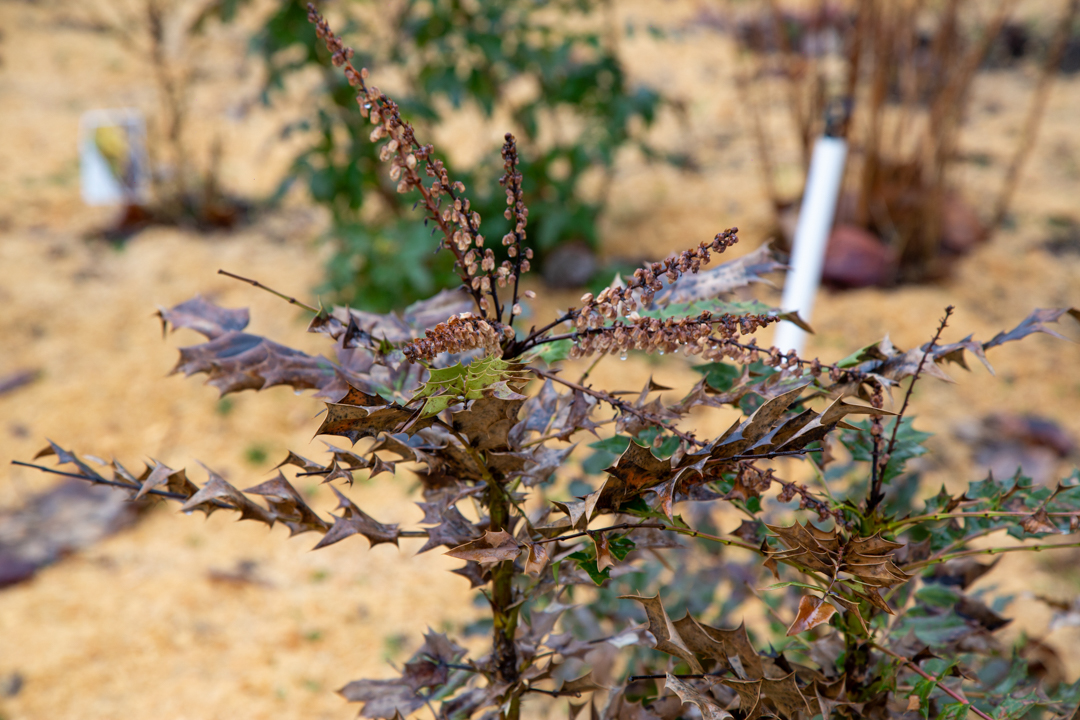The first event in the March for Sustainability coordinated by the School of Land Use and Environmental Change and the UFV Office of Sustainability will educate students on the different pollinators and their food sources here on campus to create a pollinator garden come spring. Faculty from the Abbotsford and Chilliwack campuses will give a tour around each campus to highlight the various native pollinators and to educate students on how to support pollinators in their own gardens.
“The struggle is real for pollinators to find year-round food,” said Stefania Pizzirani, assistant professor in the School of Land Use and Environmental Change and event coordinator. “When you think about it, some pollinators do not hibernate, so they are searching for food in all the winter months, during all the months there are no flowers, so you have to plan your garden to provide food throughout the year.”

The faculty that will be leading the Abbotsford event, Alan Reid and Sandra Gillespie, were kind enough to give The Cascade the low-down on how students can plan their garden to support these precious pollinators. This advice can be applied and modified to whatever your living situation may be — whether you have just a small balcony or whole backyard to work with.
When you think of pollinators your mind may go directly to the obvious — bees, hummingbirds, and butterflies. But Reid explained that there were many ways to pollinate a plant, including insects like ants, beetles, flies, and natural elements like wind and water.
When deciding what plants will go in your garden, indigenous plants are best because they have evolved with the native pollinators. Some plants to consider are salmonberry, thimbleberry, anything from the rose family like the native Nootka rose and Bald hip rose, red columbines, paintbrush castilleja, the Douglas aster, Oregon grape, and native lilies and strawberries.
“Generic ‘pollinator’ seed mixes may or may not contain the best plants for our area,” said Gillespie. “Specific local advice is always best.”
However, plants are not the element needed to draw pollinators into your garden.
“All organisms need water to survive,” said Reid. “Set up a watering hole for all the critters in the garden, even the furry ones. A birdbath, glazed saucer, or just a pan filled with rocks and water will do.”

Shelter is another crucial aspect of these creatures’ survival. You can give pollinators a place to live by building a “bee condo” with some scrap wood. If you don’t want to make one, Reid says that many garden centers carry “bee condos” and it’s best to get one with a removable insert (where the bees laid their cocoons) that will allow you easier access to clean it.
Another way to ensure pollinators have full bellies is to get a hummingbird feeder and fill it with sugar water. Simply dissolve one part sugar into four parts water and fill up a feeder you buy at a garden center, or you can usually find used ones at thrift stores or on Facebook Marketplace.
When landscaping your garden, Reid encourages you to embrace the wild side. What may look a little messy to you means paradise to these creatures.

“Many native bees, and a few butterflies, need to overwinter in gardens and may be quite thankful for some bark, dried leaves, hollowed out stems, open sandy patches, and even decomposing logs,” said Reid. “Many butterflies come from caterpillars that feed on plants like thistles, nettles, and other plants that are eschewed by many gardeners as “weedy.” If you can handle a little untidiness, just tell everyone: ‘I am creating biodiversity and doing it for the pollinators!’”
“Beyond the garden, the best way to support pollinating animals, such as bees and hummingbirds, is to support biodiversity conservation in general,” said Gillespie. “If you don’t have access to a garden space, but want to get involved in pollinator conservation, you can always participate in the many ecological efforts happening around the Lower Mainland.”
The Fraser Valley Conservancy, South Coast Conservation Program, and the Fraser Valley Watersheds Coalition are good places to start.
Check out the other March for Sustainability events that will happen throughout the month, like the clothing exchange and repair fair on March 9, early Earth Day on March 16, a sustainability career panel on March 23, and a professional designation information session on March 30.

Images: Laura Ayers / The Cascade
Andrea Sadowski is working towards her BA in Global Development Studies, with a minor in anthropology and Mennonite studies. When she's not sitting in front of her computer, Andrea enjoys climbing mountains, sleeping outside, cooking delicious plant-based food, talking to animals, and dismantling the patriarchy.


